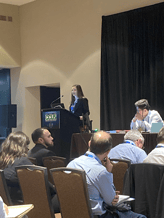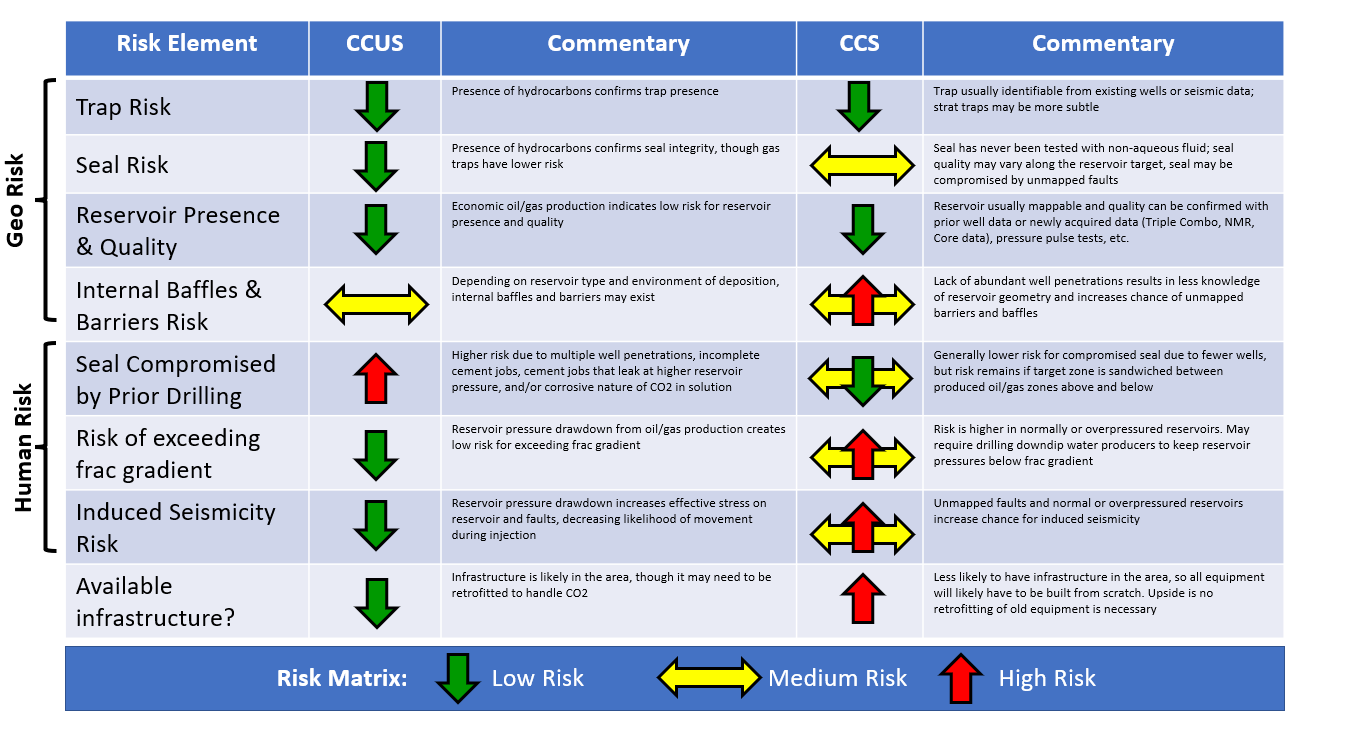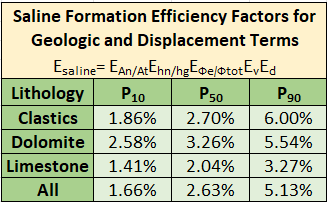Top 5 Takeaways from CCS 2023
Last week, several of us from The GeoIntegra Group attended CCUS 2023 in Houston and learned a great deal. What are the top 5 takeaways? Read on, amigos...
 1) We're gonna need a bigger boat...er...I mean conference center
1) We're gonna need a bigger boat...er...I mean conference centerWe were all quite impressed with the turnout last week. In talking with several folks on the organizing committee, the goal was to have 500-700 attendees, up from ~300 attendees from CCUS 2022. They got more than they bargained for, with more than 1300 attendees. Many of the sessions were standing room only, the exhibition hallways were packed, and it definitely added to the buzz around CCUS and CCS. We came away with the feeling that CO2 storage is really taking off! We are placing our bets that CCUS 2024 will have to move from it's current location (Hilton Hotel on U of H campus) to the George R. Brown next year.
2) Regulatory ambiguity and uncertainty are the biggest risks to CCS taking off at scales that impact climate change
From a keynote address by Peter Findlay (WoodMac) to the robust panel discussion "Bottle Necks to Success", it is clear that the fledgling CCS industry is concerned about regulatory ambiguity and uncertainty. This includes delays in getting states approved for primacy to approve Class VI injector wells (word has it that Louisiana may be approved by the end of the year), delays in getting Class VI injector wells approved (typical approval time from the EPA is 2 years+), and clarifications by the regulatory bodies on how they will implement the CCS programs that resulted from last year's Inflation Reduction Act. More questions than answers at this point, and definitely something to keep an eye on!
3) The GOM and Gulf Coast is where it's at!
Attendance at talks discussion CCS potential in the GOM and Gulf Coast were typically packed. The GOM even had it's own Theme Session! What makes these areas so special? Let us count the ways: high quality, thick sandstones of Miocene and younger age, high quality top/base/lateral seals, large swaths of undrilled real estate in structural lows, nearby infrastructure and a bunch of technical know-how from people that live and work in these areas. Yes, the GOM can be a regulatory challenge given that the US government owns it all, but some argue that dealing with Uncle Sam may be easier than dealing with a patchwork of surface owners who may not necessarily love the idea of CO2 injection beneath their property.
4) No Seal? No problem! (?!?!?)
The presentation titled "Composite Confining Systems: Rethinking Geologic Seals for Permanent CO2 Sequestration" by Alex Bump and the crew from BEG-Austin asked a thought-provoking question: do we really need a single, thick competent top seal above our CCS target reservoirs? While the regulatory bodies are likely not on board with this idea yet, it is an intriguing question. In essence, the authors argued that because of CO2's ability to 'lose steam' after injection because of solubility, capillary and chemical trapping, thick top seals may not be necessary at all locations. They showed model simulations of composite confining systems, wherein thin, randomly dispersed baffles and barriers may be enough to stop a CO2 plume a short vertical distance from its injection point. Intriguing, to say the least, but it will take some time and case studies to show that this model can work...and those case studies will include a nice, thick top seal above them, just in case.
5) Drilling, casing and cementing CCS wells is not a cakewalk
Several authors presented work on the operational challenges with CCS wells. This includes the corrosive nature of CO2 when mixed with water (high cromium steel is recommended in the intervals exposed to CO2 injection), the impact of thermal cooling from injected CO2 on casing and cement that increases the chance for movement associated with casing/cement expansion and contraction, and impact of CO2 on cement (can initially create a thicker calcite rind in the cement exposed to CO2, but then can be leached by later corrosion). And that is just wells planned for CO2, let alone any legacy boreholes that were not designed for exposure to CO2. Our engineering brethren have their work cut out for them!
That's it for now...thanks for reading! See you next month!

 By
By


